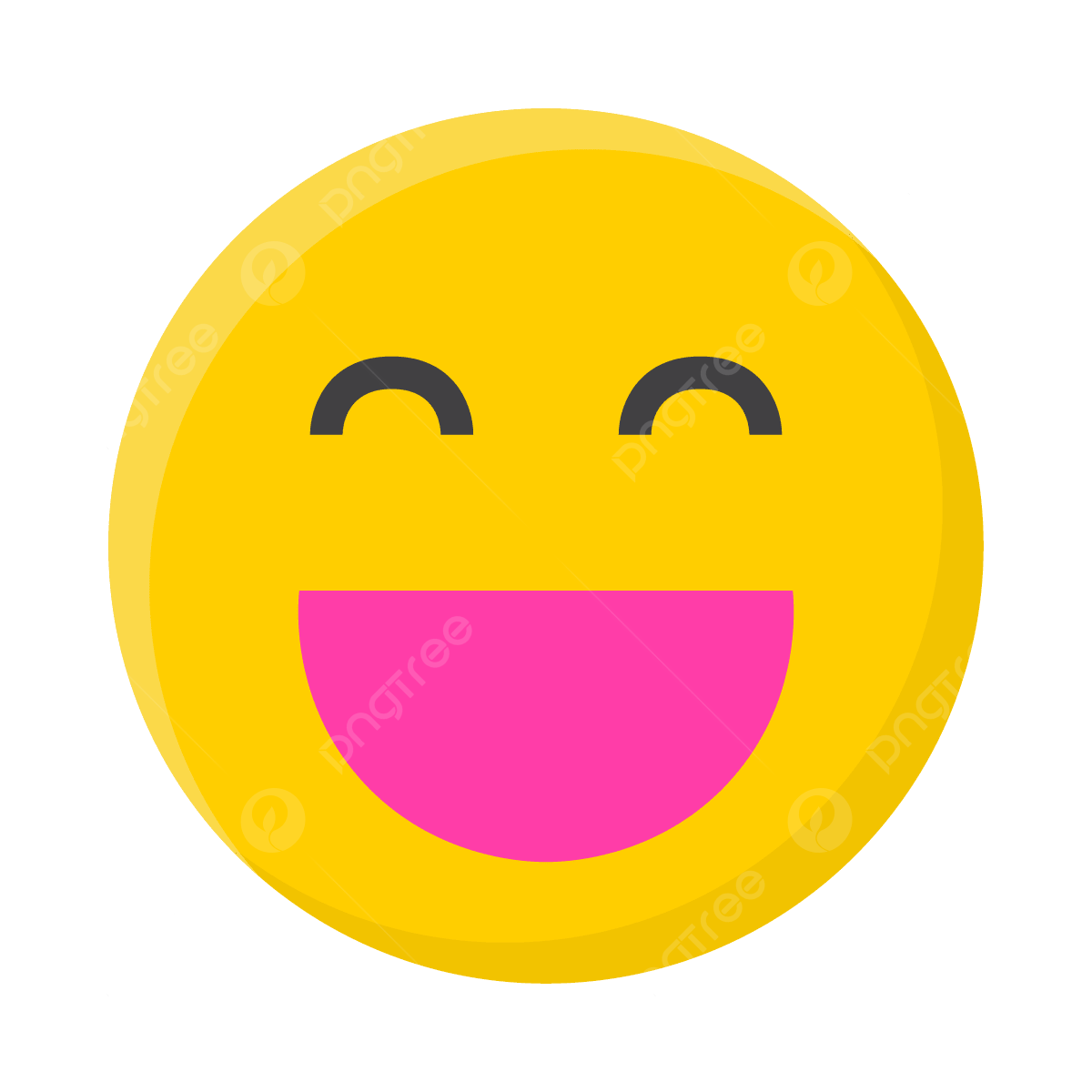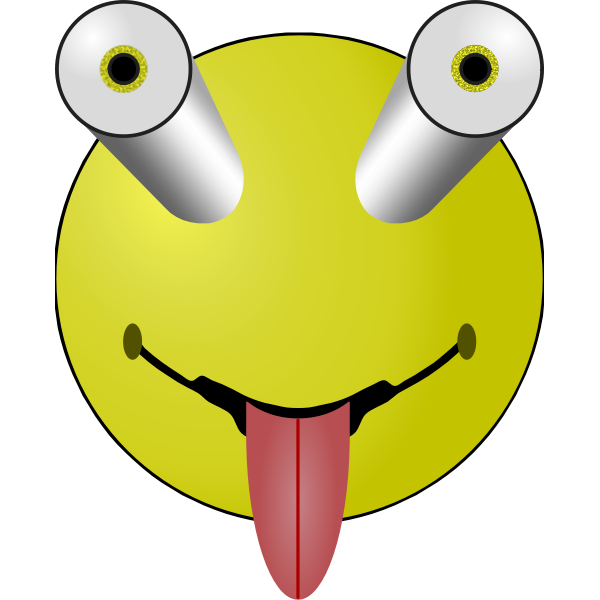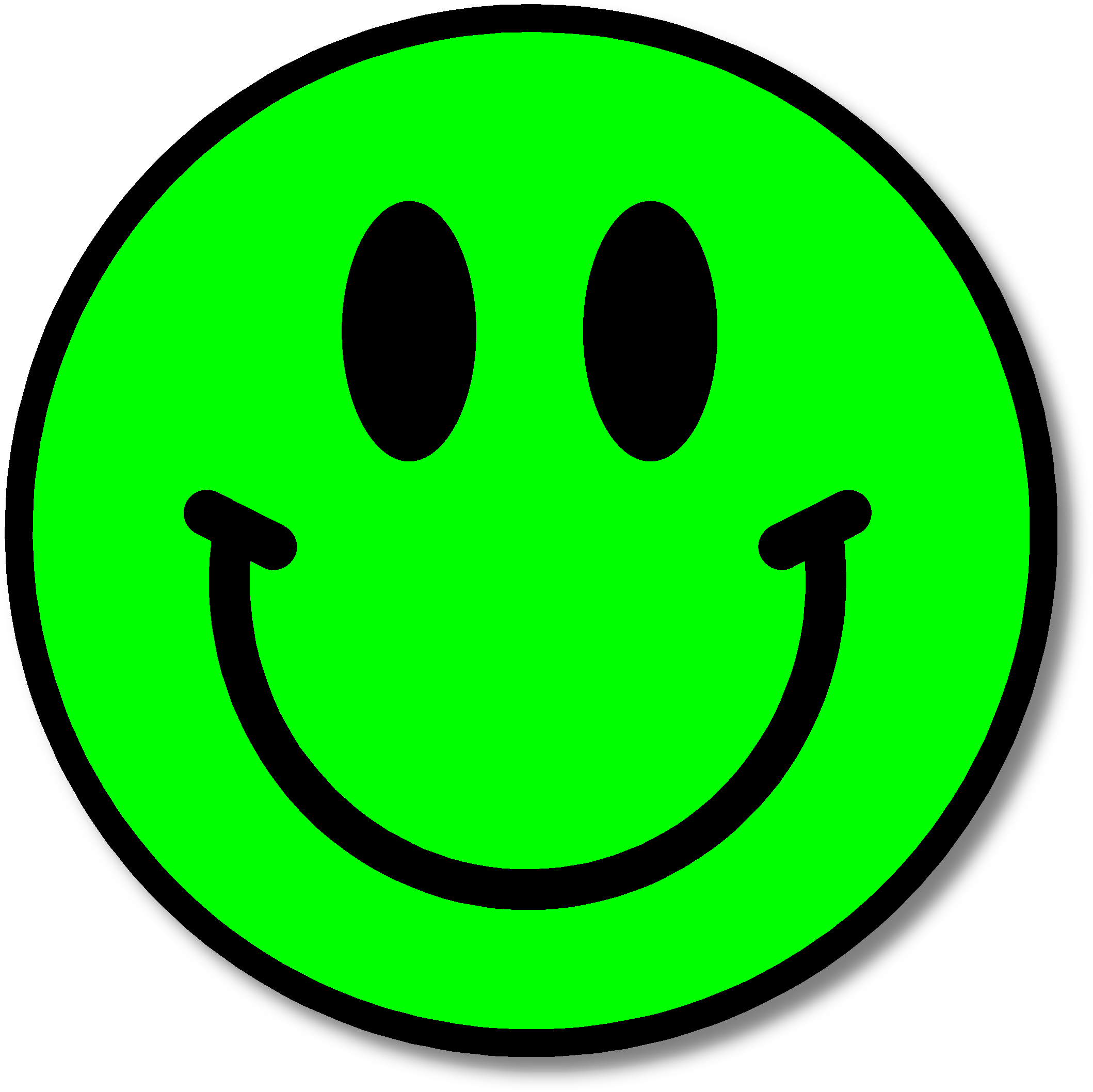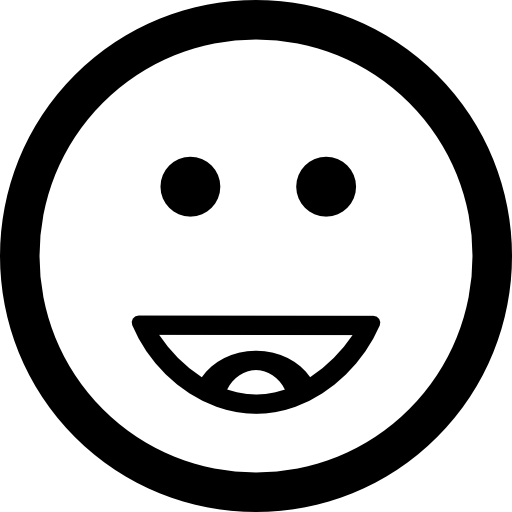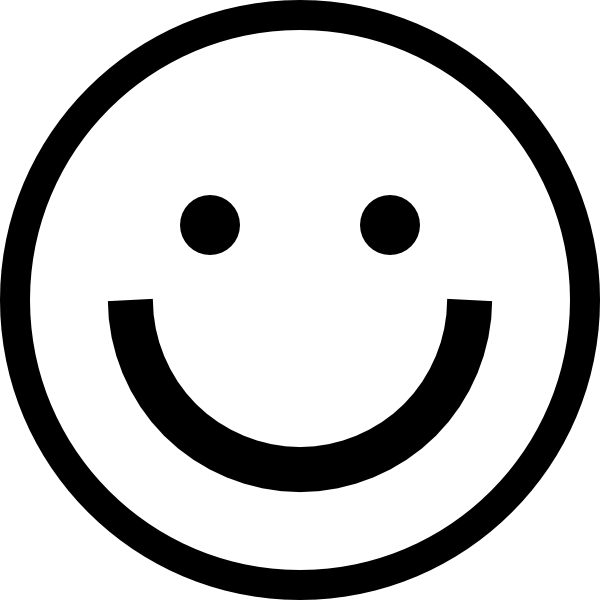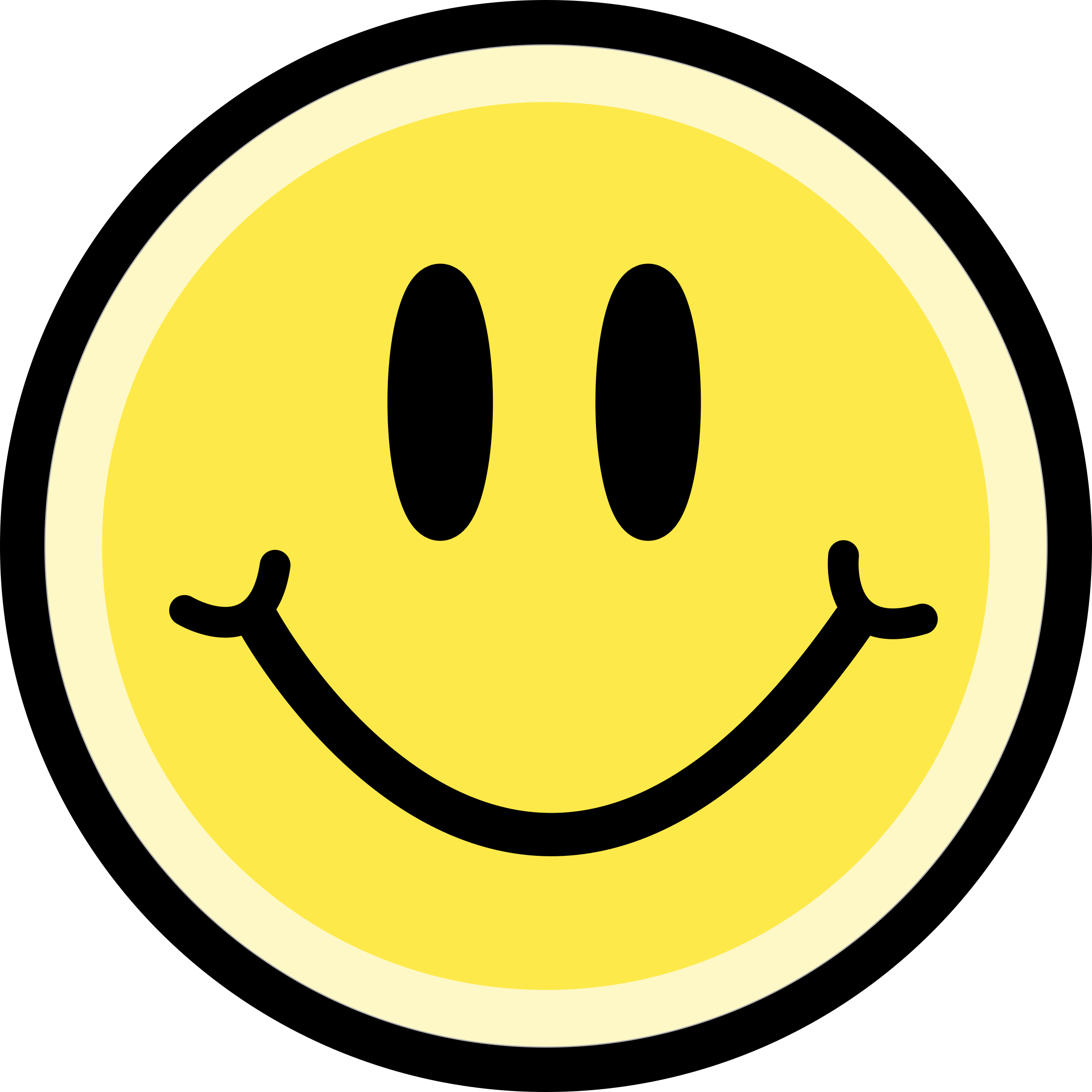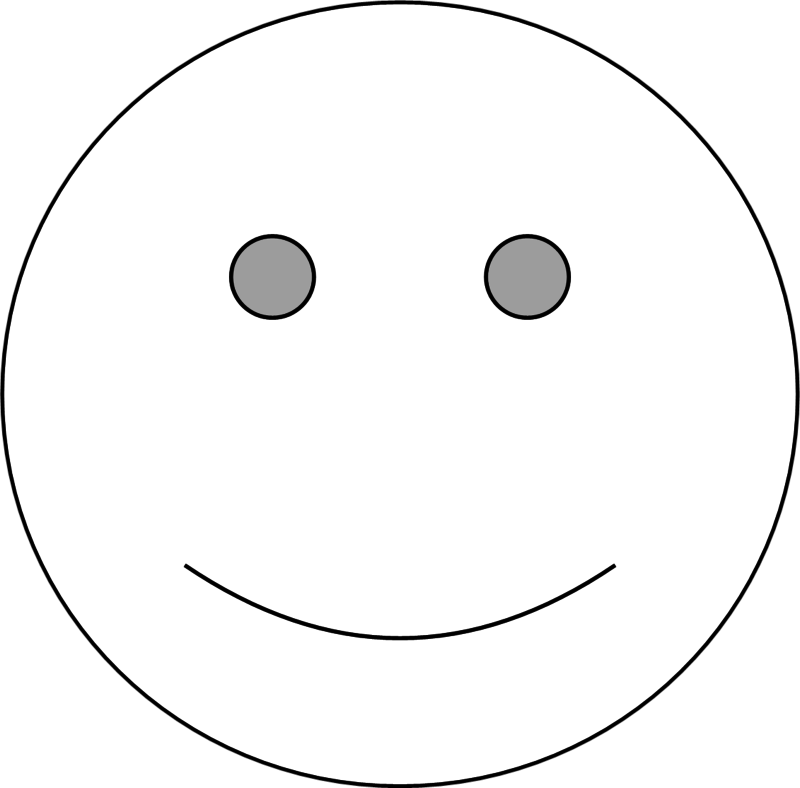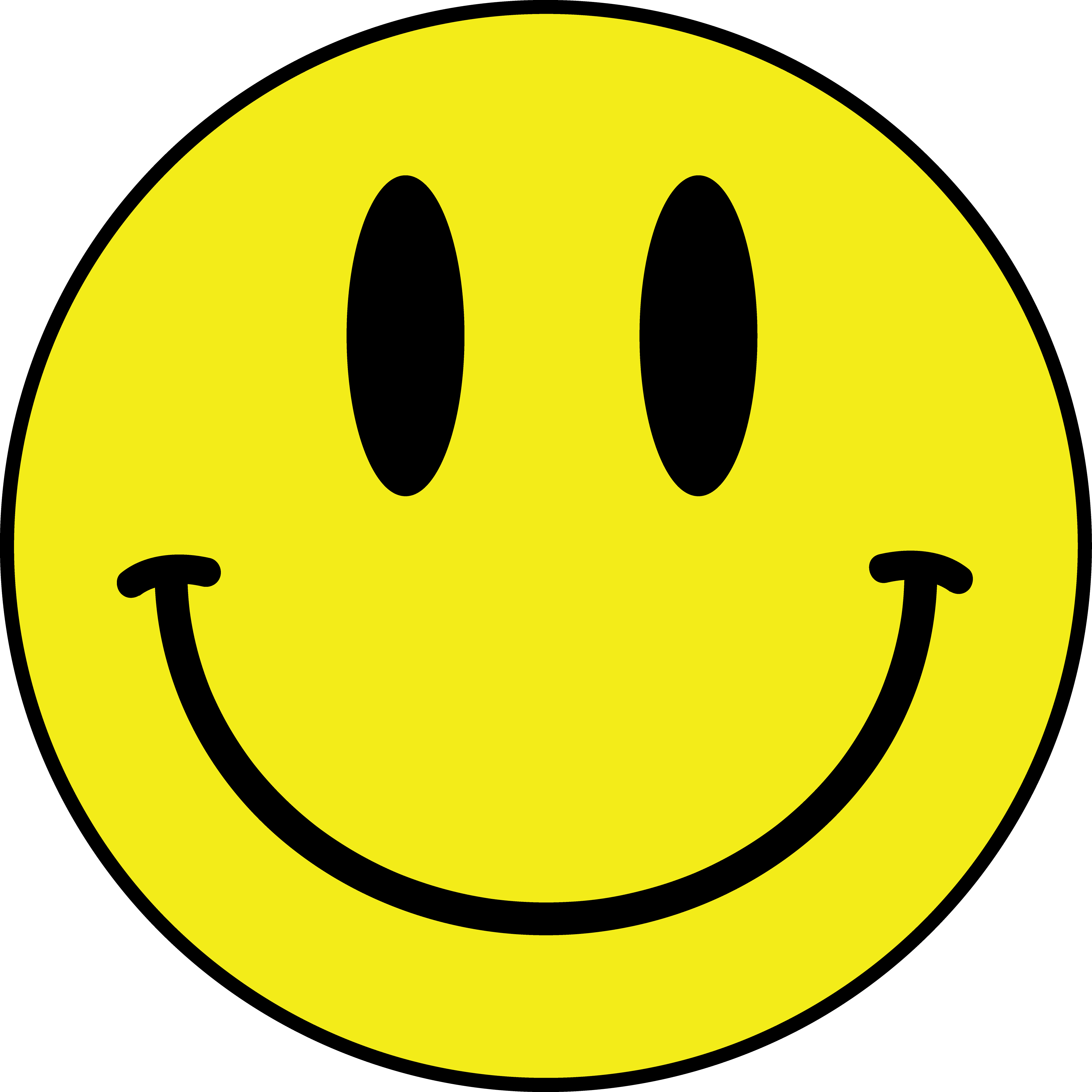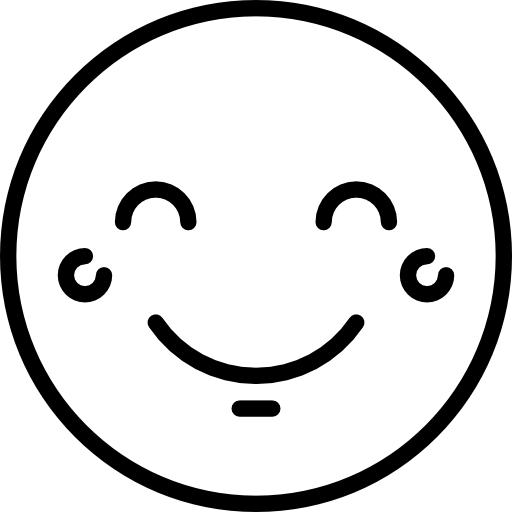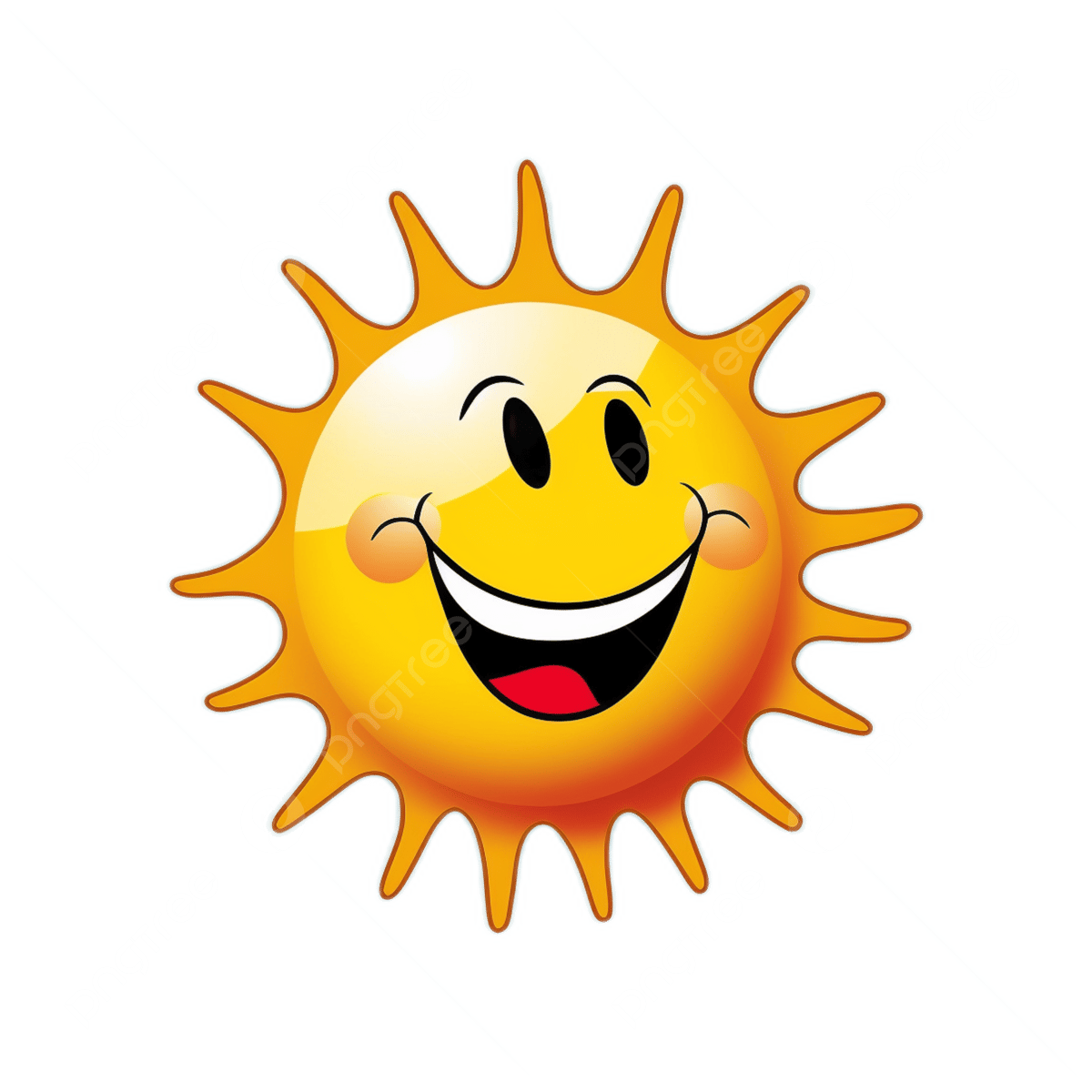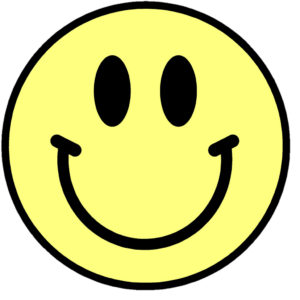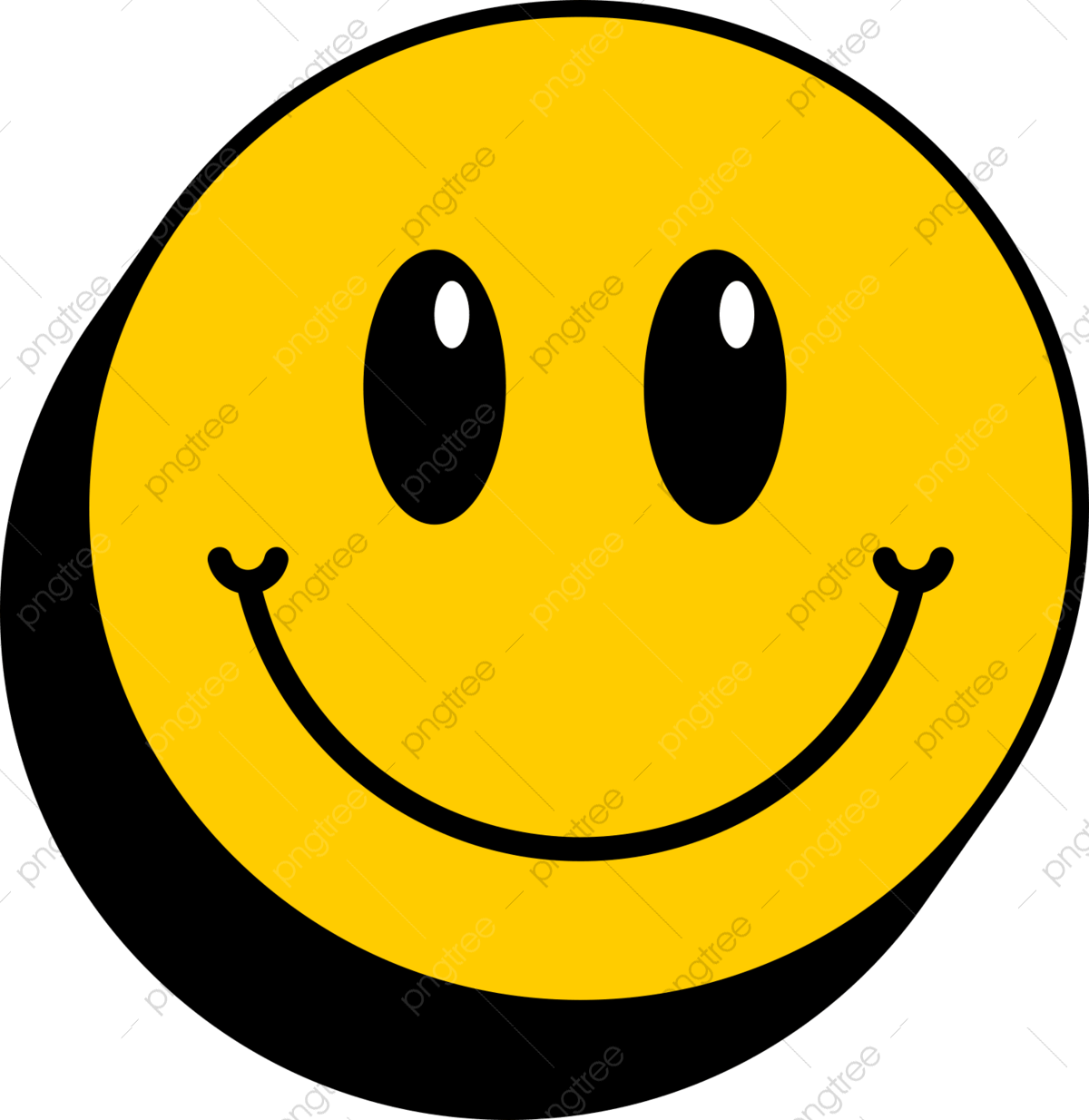Download top and best high-quality free Happy Face PNG Transparent Images backgrounds available in various sizes. To view the full PNG size resolution click on any of the below image thumbnail.
License Info: Creative Commons 4.0 BY-NC
Everyone knows the iconic and universal symbol of happiness – the happy face. This simple yellow circle with two dots for eyes and a smiling curve for a mouth can be seen on everything from t-shirts to emojis. But where did this symbol come from? And what does it represent?
The Origin of the Happy Face
The happy face, also known as the smiley face, has an uncertain origin. The most popular theory is that it was created by Harvey Ball, a freelance artist in the 1960s. He was commissioned by an insurance company to create a design to boost employee morale. The resulting image was a yellow circle with two black dots for eyes and a smiling curve for a mouth. This became known as the “smiley face,” and it quickly gained popularity.
The happy face gained even more popularity in the 1970s when it was used in a French newspaper advertisement campaign for a clothing store. The campaign featured the happy face with the slogan “Have a happy day.” This further cemented the happy face as a symbol of happiness and positivity.
What Does the Happy Face Represent?
The happy face is widely recognized as a symbol of happiness, positivity, and joy. It is often used to express appreciation, congratulations, or general feelings of happiness. The happy face has become so iconic that it is often used in place of written words in text messages and social media posts.
The happy face has also been used in psychology studies and research. A study conducted by the University of Wisconsin-Madison found that seeing a happy face can produce positive changes in the brain. Participants in the study were shown images of happy faces while their brains were monitored. The researchers found that seeing a happy face produced a surge of activity in the amygdala, which is the part of the brain responsible for processing emotions. This activity led to the release of dopamine, a chemical that is associated with feelings of pleasure and happiness.
The Happy Face and Its Variations
The happy face has taken on various forms throughout the years. Some variations include:
- Sad face – This is a variation of the happy face that features a downward curved mouth to indicate sadness.
- Winking face – This variation features a happy face with one eye closed to indicate a playful or flirtatious tone.
- Tongue-out face – This variation features a happy face with its tongue sticking out to indicate silliness or playfulness.
- Crying face – This variation features a sad face with tears to indicate extreme sadness.
- Heart-eyes face – This variation features a happy face with hearts for eyes to indicate love or infatuation.
- Laughing face – This variation features a happy face with tears and an open mouth to indicate uncontrollable laughter.
Each variation of the happy face has its own unique interpretation and tone, but they all share the same underlying message of positivity and happiness.
The Happy Face in Pop Culture
The happy face has become a staple in pop culture, appearing in various forms of media, including movies, television shows, and music videos. One of the most iconic uses of the happy face in pop culture is in the 1994 movie “Forrest Gump.” In the movie, the character Forrest Gump wears a t-shirt with the happy face on it. The shirt becomes a symbol of the character’s positive outlook on life, despite the challenges he faces.
The happy face has also been used in popular music. In 1991, musician Nirvana used a modified version of the happy face for the cover of their album “Nevermind.” The album went on to become one of the most influential albums of the 1990s, cementing the happy face as a symbol of the decade.
The Happy Face Today
The happy face has stood the test of time and remains an enduring symbol of happiness and positivity. It is used in a variety of contexts, from advertising to social media. The happy face has become a part of our daily lives, and its message of happiness and joy is more important than ever.
So, the next time you see a happy face, remember its message of positivity and happiness. And, of course, don’t forget to smile!
Download Happy Face PNG images transparent gallery
- Happy Face PNG Photos
Resolution: 1200 × 1200
Size: 98 KB
Image Format: .png
Download
- Happy Face PNG Pic
Resolution: 221 × 300
Size: 11 KB
Image Format: .png
Download
- Happy Face PNG Picture
Resolution: 600 × 600
Size: 96 KB
Image Format: .png
Download
- Happy Face PNG
Resolution: 2118 × 2116
Size: 107 KB
Image Format: .png
Download
- Happy Face Transparent
Resolution: 480 × 480
Size: 43 KB
Image Format: .png
Download
- Happy Face
Resolution: 512 × 512
Size: 11 KB
Image Format: .png
Download
- Happy Face Background PNG
Resolution: 600 × 600
Size: 32 KB
Image Format: .png
Download
- Happy Face No Background
Resolution: 512 × 512
Size: 28 KB
Image Format: .png
Download
- Happy Face PNG Background
Resolution: 2048 × 2048
Size: 348 KB
Image Format: .png
Download
- Happy Face PNG Clipart
Resolution: 2400 × 2400
Size: 231 KB
Image Format: .png
Download
- Happy Face PNG Cutout
Resolution: 2675 × 2675
Size: 89 KB
Image Format: .png
Download
- Happy Face PNG File
Resolution: 800 × 788
Size: 31 KB
Image Format: .png
Download
- Happy Face PNG Free Image
Resolution: 502 × 500
Size: 80 KB
Image Format: .png
Download
- Happy Face PNG HD Image
Resolution: 3896 × 3895
Size: 212 KB
Image Format: .png
Download
- Happy Face PNG Image File
Resolution: 512 × 512
Size: 12 KB
Image Format: .png
Download
- Happy Face PNG Image HD
Resolution: 1200 × 1200
Size: 211 KB
Image Format: .png
Download
- Happy Face PNG Image
Resolution: 200 × 200
Size: 6 KB
Image Format: .png
Download
- Happy Face PNG Images HD
Resolution: 280 × 277
Size: 36 KB
Image Format: .png
Download
- Happy Face PNG Images
Resolution: 300 × 300
Size: 29 KB
Image Format: .png
Download
- Happy Face PNG Photo
Resolution: 1200 × 1234
Size: 249 KB
Image Format: .png
Download
